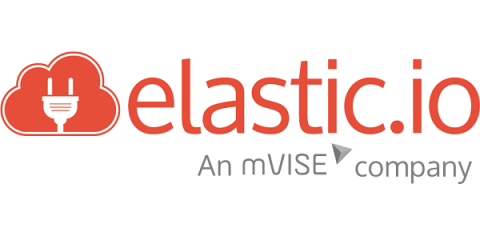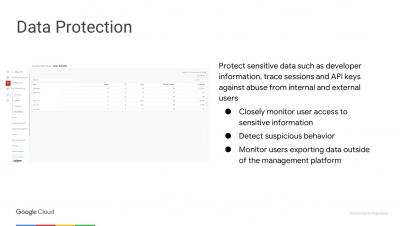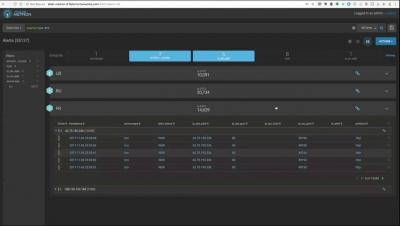Kong and Istio: Setting up Service Mesh on Kubernetes with Kiali for Observability
Service mesh is redefining the way we think about security, reliability, and observability when it comes to service-to-service communication. In a previous blog post about service mesh, we took a deep dive into our definition of this new pattern for inter-service communication. Today, we’re going to take you through how to use Istio, an open source cloud native service mesh for connecting and securing east-west traffic.









